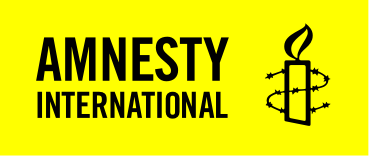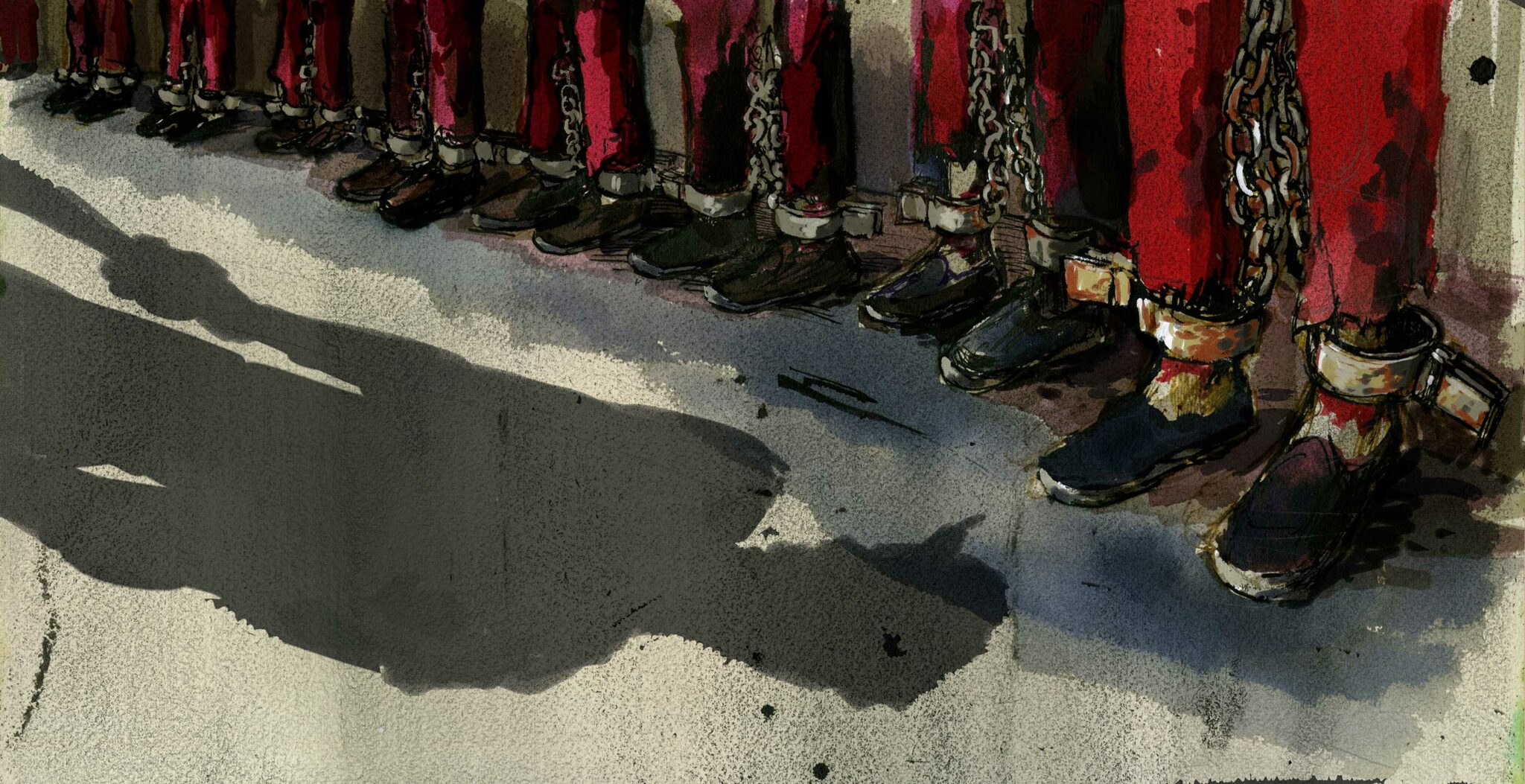The debate around the evolution of the internment camp system and the larger system of mass incarceration in Xinjiang
In 2017, many of the internment camps were in former schools and other government buildings that had been securitized and otherwise repurposed to house detainees and prevent escapes. [[[See Ben Dooley, AFP, “Inside China’s internment camps: tear gas, Tasers and textbooks,” 24 October 2018 →; Nather Ruser, Australian Strategic Policy Institute (APSI), “Documenting Xinjiang’s detention system,” September 2020 →]]] Repurposing often entailed the construction of internal fencing, external security walls, guard towers and posts, and other new structures. In 2018, some detainees in the initial camps were transferred to new, larger facilities – often on the outskirts of towns – that had been constructed specifically as detention facilities. [[[Amnesty International interviews.]]] Some of these new facilities were constructed adjacent to existing prisons and are arguably expansions of these. [[[Nather Ruser, Australian Strategic Policy Institute (APSI), “Documenting Xinjiang’s detention system,” September 2020 →]]] According to analysis of satellite imagery by Amnesty International and other organizations, between 2018 and 2020 many of the repurposed facilities appear to have been de-securitized, often coinciding closely with the apparent completion of the new, larger facilities.
In May 2021, Amnesty International analysed the latest high-resolution satellite imagery of 29 facilities that it was able to concretely or likely identify based on descriptions provided by former detainees about the camps they were detained in. Nearly all of these facilities – including all of those that had been repurposed and turned into camps in 2017 – appear to have been de-securitized between 2018 and 2020 and are likely no longer operating as camps. of the larger facilities Amnesty analysed show signs of activity; however, Amnesty has been unable to determine whether these facilities are still being used as internment camps or for some other purpose. This analysis partially corroborates a September 2020 analysis of satellite imagery by the Australian Strategic Policy Institute (ASPI), which concluded that 70 of 380 suspected detention facilities in Xinjiang had been closed or de-securitized since 2018. [[[Nather Ruser, Australian Strategic Policy Institute (APSI), “Documenting Xinjiang’s detention system,” September 2020 →]]] Research by the Rand Corporation, using night-time light data to analyse the 380 locations documented by ASPI, found 51 locations had significant declines in the amount of light emitted by 24 February 2021, which also suggests the facilities were no longer operational. [[[Eric Robinson and Sean Mann, NGA Tearline and The Rand Corporation, “NGA Tearline: What can nighttime lighting tell us about China’s Uyghur Detention Facilities?” →]]]
It is not known whether certain camps were dismantled because there were fewer detainees, because newer camps or prisons had been built to replace some of the original buildings, because of some combination of these two reasons, or for other reasons. According to satellite imagery analysis done by BuzzFeed News and ASPI, despite the closures of many camps, the infrastructure for the system of mass incarceration in Xinjiang expanded greatly between 2017 and 2020. ASPI concluded that at least 61 detention facilities had been expanded or built between July 2019 and July 2020, including at least 14 facilities – mostly prisons – that were still being built. [[[Nathan Ruser, Australian Strategic Policy Institute (APSI), “Documenting Xinjiang’s detention system,” September 2020 →]]] BuzzFeed’s analysis unearthed evidence of “scores of massive new prison and internment camps” that had been built since 2017, many of which were still operating in 2020. [[[Megha Rajagopalan, Alison Killing, Christo Buschek, BuzzFeed, “Built to Last: A BuzzFeed News investigation based on thousands of satellite images reveals a vast, growing infrastructure for long-term detention and incarceration,” 27 August 2020 →; Alison Killing, Megha Rajagopalan, Christo Buschek, BuzzFeed News, “Blanked-out spots on China’s Map Helped Us Uncover Xinjiang’s Camps,” 27 August 2020 →]]]
It is not known whether many of these new detention facilities are prisons, internment camps, hybrids, or some other type of detention facility. In 2021, it is also not known whether the people detained in these facilities were detained according to the internment camp detention process, according to the formal prison sentencing process, or through some other process altogether. From a human rights perspective, the type of facility is not important; what matters is whether the detention process and the treatment detainees receive in the camps adhere to international law and standards.



